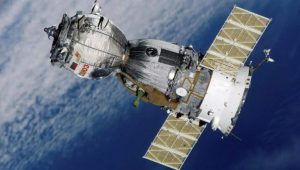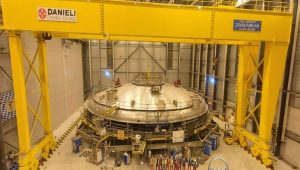Thailand has won the eighth rank internationally for fixed broadband download speeds, according to We Are Social’s Digital 2025 study. Deputy Prime Minister and Minister of Digital Economy and Society (DES) Prasert Jantararuangtong stressed the government’s commitment to improving digital infrastructure and providing inexpensive, high-speed internet access across the country, particularly in rural regions.
The DES is actively increasing connectivity through initiatives like Community Digital Centers and One District, One IT Person. The Learn to Earn initiative is bridging the digital gap by increasing access to education, healthcare, and employment opportunities, thus improving Thailand’s worldwide competitiveness.
The government, in partnership with the National Broadcasting and Telecommunications Commission (NBTC), has expanded the Public Internet Project (previously “Net Pracharat”) to 24,700 communities, the majority of which are rural areas. Free Wi-Fi hotspots have been placed to improve accessibility.
The program has earned international acclaim, including the World Summit on the Information Society (WSIS) Prize 2019 for infrastructure excellence from the International Telecommunication Union.
As of January 2025, over 13.6 million people had signed up for public Wi-Fi, with use topping 16.8 million connections.
























